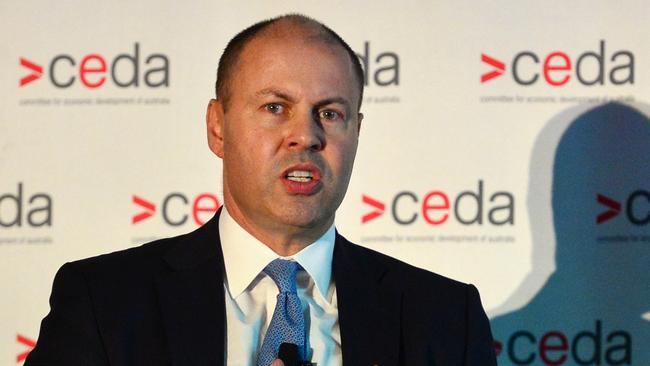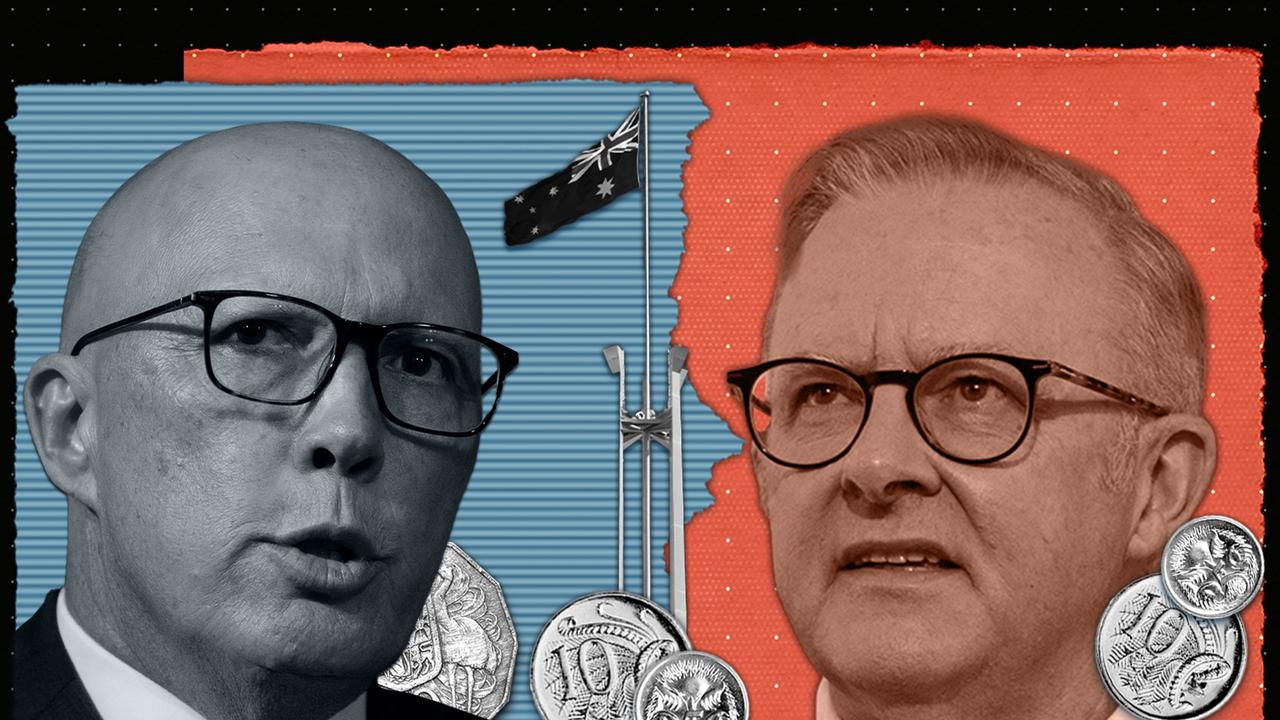Intergenerational Report: Skilled migrants essential, says Josh Frydenberg
Replacing the pandemic-induced flight of migrants over the next 40 years would slow the rate of population ageing, increase the tax take and lift living standards, Treasury says.

Replacing the pandemic-induced flight of migrants over the next 40 years would slow the rate of population ageing, increase the tax take and lift living standards, Treasury says in its blueprint for fiscal sustainability.
While future migration may not match the “Big Australia”-era annual population surge of 1.5 per cent, the nation’s population could feasibly grow at 1.1 per cent and push through 40 million by 2061 if the inflow ran at only a quarter more of what is expected.
In the fifth Intergenerational Report, Treasury’s baseline projection is annual net overseas migration of 235,000 from 2031 to 2061, which would see population growth halving from its pre-crisis rate to 0.8 per cent a year. In this scenario, annual migration is 0.6 per cent of population.
In sensitivity analysis, Treasury finds if annual migration is held at 0.82 per cent from 2031 for 30 years, our population would be 1.7 million higher, including an additional 300,000 babies.
It also says Australia would be younger, our economy would be 4.7 per cent larger, and workforce participation would be higher.
GDP per capita – a proxy for living standards – would also be higher under this scenario.
The report does not take into account any productivity effect or the specific skills and experience of migrants, but Treasury modelling shows the skill stream delivers a higher economic and fiscal dividend than those arriving via the family stream and the humanitarian program.
On Monday, Josh Frydenberg told the Committee for Economic Development of Australia that “a well-targeted, skills-focused migration program can supplement our stock of working-age people, slow the transition to an older population and improve economic and fiscal outcomes”.
The report shows spending on healthcare and aged care is set to rise as baby boomers reach retirement age.
Forty years ago, for each person aged over 65, there were 6.6 people of working age. Today, it’s four to one. By 2061 it will be 2.7 to one. Government health spending is expected to rise from about 4 per cent of GDP to 6 per cent by 2061, although non-demographic factors such as technology are the main drivers of rising costs.
Education spending and family assistance payments are expected to halve as a share of the economy, reflecting a slump in fertility.
The Treasurer told CEDA “the dramatic increase in health- and aged-care spending” and demographic changes create pressures on both revenue and expenditure.
“It is a warning sign and underlines why growing the economy is so important,” he said.
National Seniors chief advocate Ian Henschke said the rise in the proportion of people aged over 65 in the coming decade “is not a problem and shows how alarmist previous IGRs were in predicting an ageing population being an economic drain on the public purse”.
“Older Australians provide jobs and add value to the economy,” Mr Henschke said.
Treasury argues that in the long run, migration and an increased working-age population benefit the budget, with the underlying cash balance 0.5 percentage points of GDP higher than under the baseline scenario.
“Australia’s greatest demographic challenge is the ageing population caused by increasing life expectancies and falling fertility rates,” the report says.
“Migration plays a role in offsetting this demographic challenge by delaying the effects of the ageing population.
“However, migration is not a complete solution to the challenges associated with ageing, given migrants also age.
“Migration needs to be managed well to ensure it continues to support higher living standards,” the report says.
Innes Willox, chief executive of employer association Ai Group, said “immigration is part of the solution to our skilling challenges”.
“A reopening of our national borders which will enable a return to pre-Covid immigration levels and a return to recent levels and age-profile of net immigration can slow the pace of population ageing,” Mr Willox said.




To join the conversation, please log in. Don't have an account? Register
Join the conversation, you are commenting as Logout